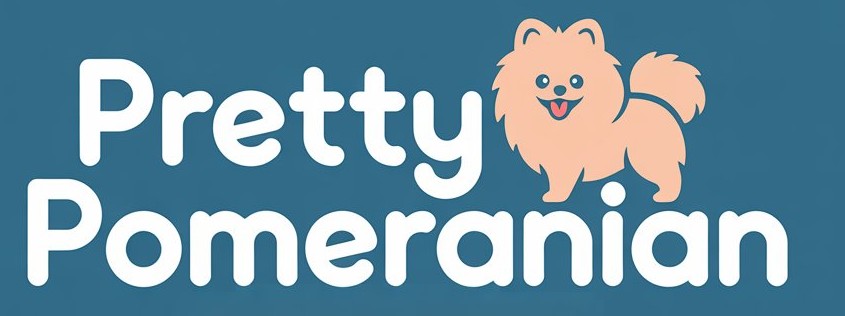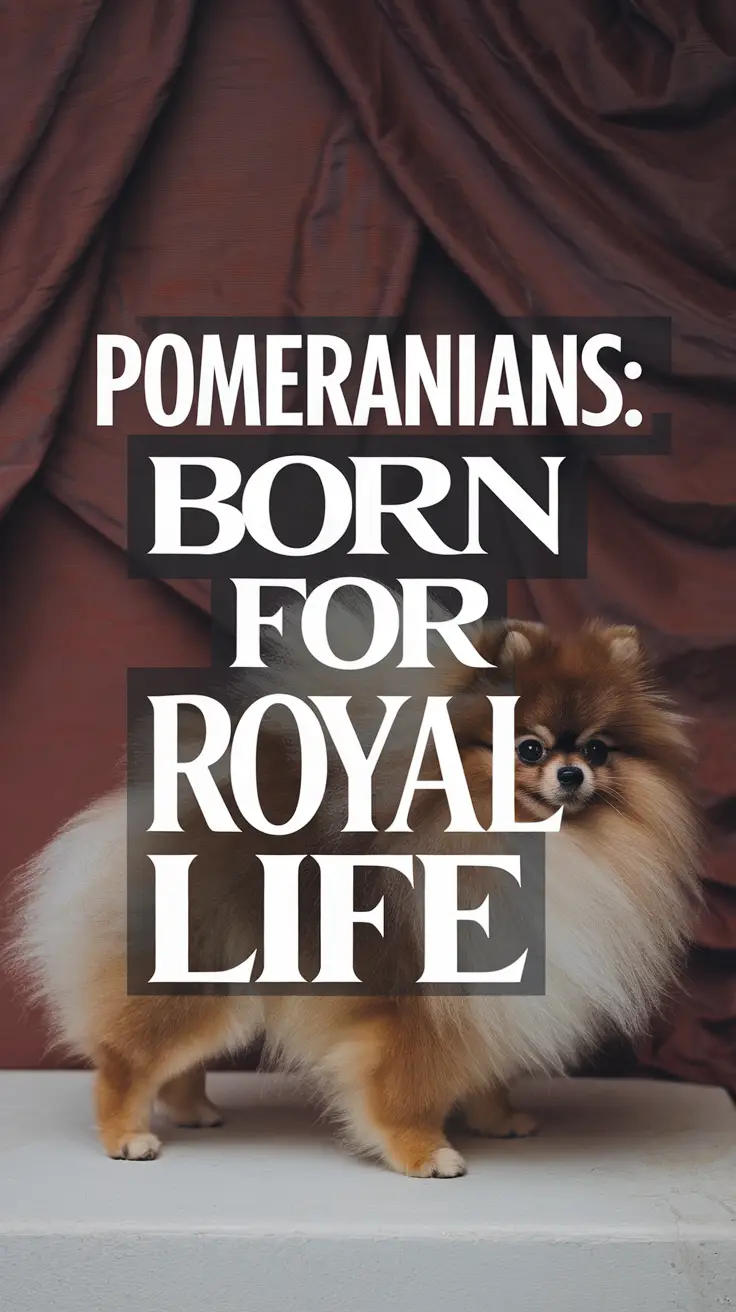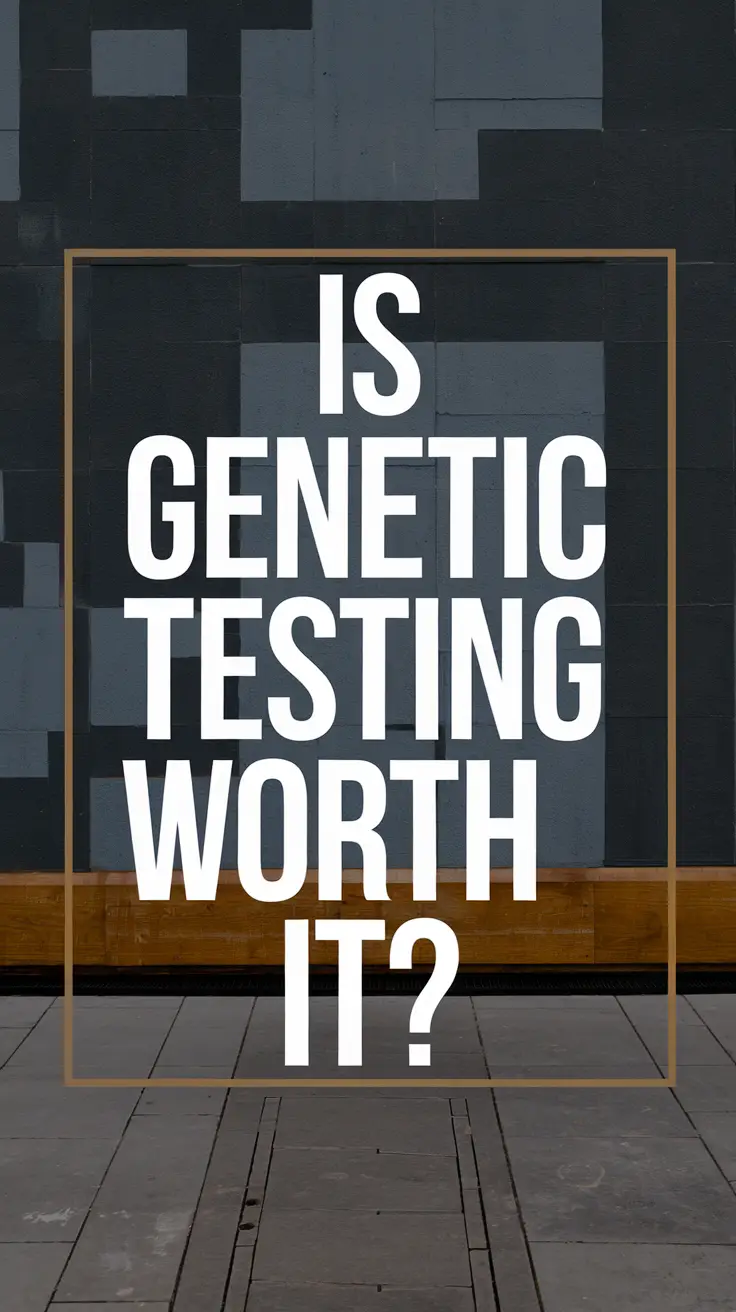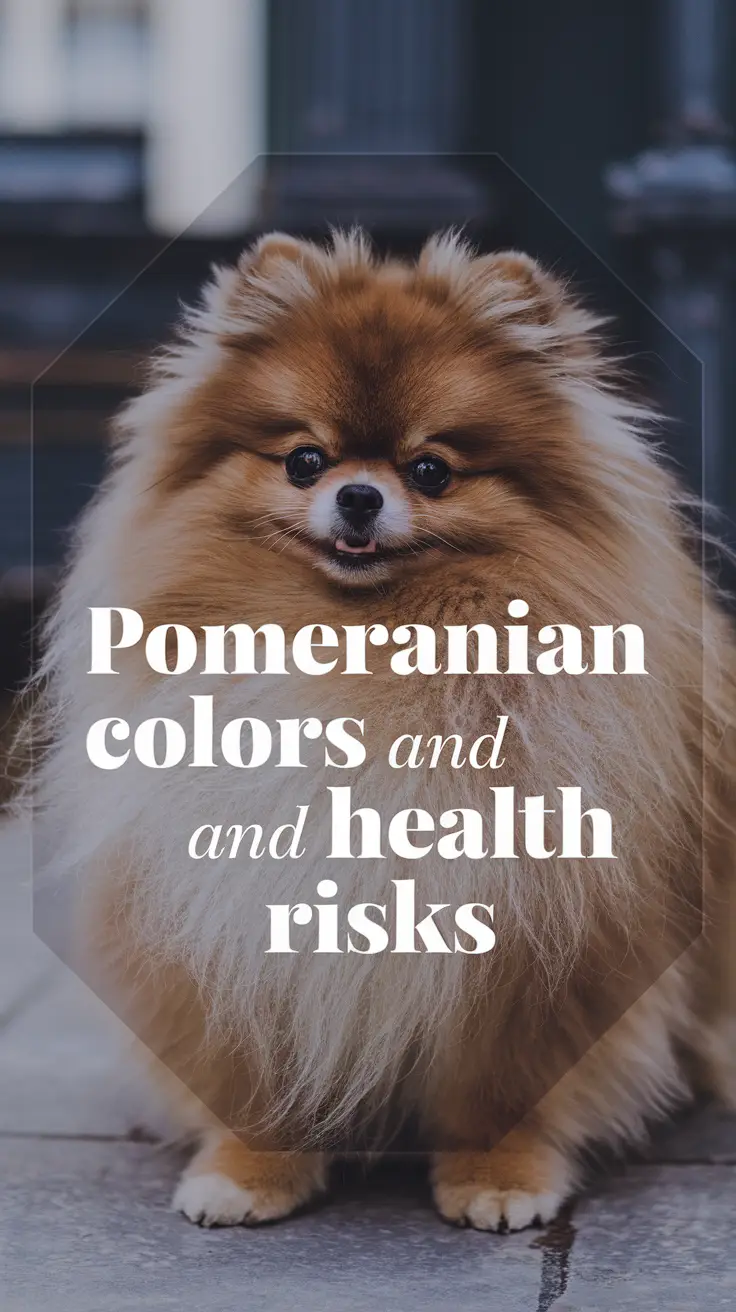I’ll let you in on a little secret that took me three years and countless breeder conversations to fully understand: the term “toy Pomeranian” is basically the canine equivalent of fool’s gold. When Sash was a puppy, I spent hours researching “toy” versus “regular” Pomeranians, convinced I was missing some crucial distinction. Spoiler alert: I was chasing my tail.
Quick Summary: The Truth About Toy Pomeranians
- All Pomeranians are already toy-sized dogs according to official breed standards
- “Toy Pomeranian” is primarily a marketing term used by some breeders
- Size variations exist within the breed, but they don’t create separate categories
The Official Breed Standard Reality Check
According to the American Kennel Club, Pomeranians are classified in the Toy Group with a standard weight of 3-7 pounds. That’s it. No subcategories, no “regular” versus “toy” distinctions. When Sash weighed in at 4.2 pounds at her first vet visit, Dr. Martinez chuckled and said, “Wendy, she’s not a ‘toy Pomeranian’ – she’s just a Pomeranian doing exactly what Pomeranians do.”
The confusion often stems from breeders who use terms like “teacup,” “micro,” or “toy” to describe particularly small puppies. These aren’t official classifications – they’re marketing strategies that can sometimes mislead well-intentioned buyers.
Size Variations Within the Breed
Here’s where things get interesting. Pomeranians naturally come in different sizes within their breed standard, and these variations can be significant:
| Size Category | Weight Range | Common Characteristics |
|---|---|---|
| Smaller Poms | 3-4 pounds | More delicate, higher energy, louder bark |
| Standard Poms | 4-6 pounds | Sturdy build, good health, balanced temperament |
| Larger Poms | 6-7 pounds | Robust, less fragile, often calmer |
Sash falls into that smaller category, and trust me, what she lacks in size she makes up for in personality. She’s convinced she’s a German Shepherd trapped in a cotton ball’s body.
What Breeders Really Mean
When breeders advertise “toy Pomeranians,” they’re typically referring to puppies they expect to mature on the smaller end of the breed standard. Sometimes they’re right, sometimes they’re not. Puppy size prediction is more art than science, as I learned when my friend’s “teacup” Pom grew to a whopping 8 pounds – still adorable, just not what the breeder promised.
Reputable breeders focus on health, temperament, and breed standards rather than creating artificial size categories. As renowned Pomeranian breeder Sarah Chen explains, “A quality Pomeranian is one that meets breed standards and has excellent health clearances, regardless of where they fall within the acceptable weight range.”
The Health Factor
Here’s something crucial that many “toy Pomeranian” advertisements don’t mention: extremely small dogs can face additional health challenges. Smaller Poms may be more prone to:
- Luxating patella (kneecap dislocation)
- Tracheal collapse
- Hypoglycemia
- Dental overcrowding
- Fragile bone structure
Sash has dealt with mild tracheal sensitivity, which means she wears a harness instead of a collar and gets extra attention during temperature changes. It’s manageable, but it’s something smaller Poms face more frequently.
Training and Temperament Differences
In my experience with Sash and observing other Pomeranians, size can influence personality traits. Smaller Poms often display:
- Higher energy levels (Sash could power a small city with her enthusiasm)
- More protective instincts (she’s appointed herself guardian of our mailbox)
- Greater sensitivity to environmental changes
- More vocal tendencies
Larger Poms within the breed standard tend to be slightly calmer and more adaptable to different situations. However, individual personality matters more than size – I’ve met 6-pound Poms who were couch potatoes and 3-pound dynamos who never stopped moving.
Cost Considerations
Here’s the uncomfortable truth: some breeders charge premium prices for “toy” Pomeranians, sometimes double the cost of “regular” ones. This pricing strategy exploits the misconception that toy Poms are rarer or more special. Quality breeding, health testing, and proper socialization should determine price, not arbitrary size labels.
Making the Right Choice
Instead of searching for a “toy” versus “regular” Pomeranian, focus on finding a healthy, well-bred puppy from a reputable breeder who:
- Provides health clearances for both parents
- Allows you to meet the mother dog
- Focuses on temperament and health over size claims
- Offers ongoing support and takes responsibility for their puppies
- Doesn’t use marketing terms like “teacup” or “micro”
The magic of Pomeranians isn’t in their size category – it’s in their enormous personalities packed into tiny, fluffy packages. Sash has taught me that the best Pomeranian is simply a healthy, happy one who fits your lifestyle and steals your heart. The rest is just marketing fluff, and trust me, there’s already enough fluff flying around my house without adding more confusion to the mix.




